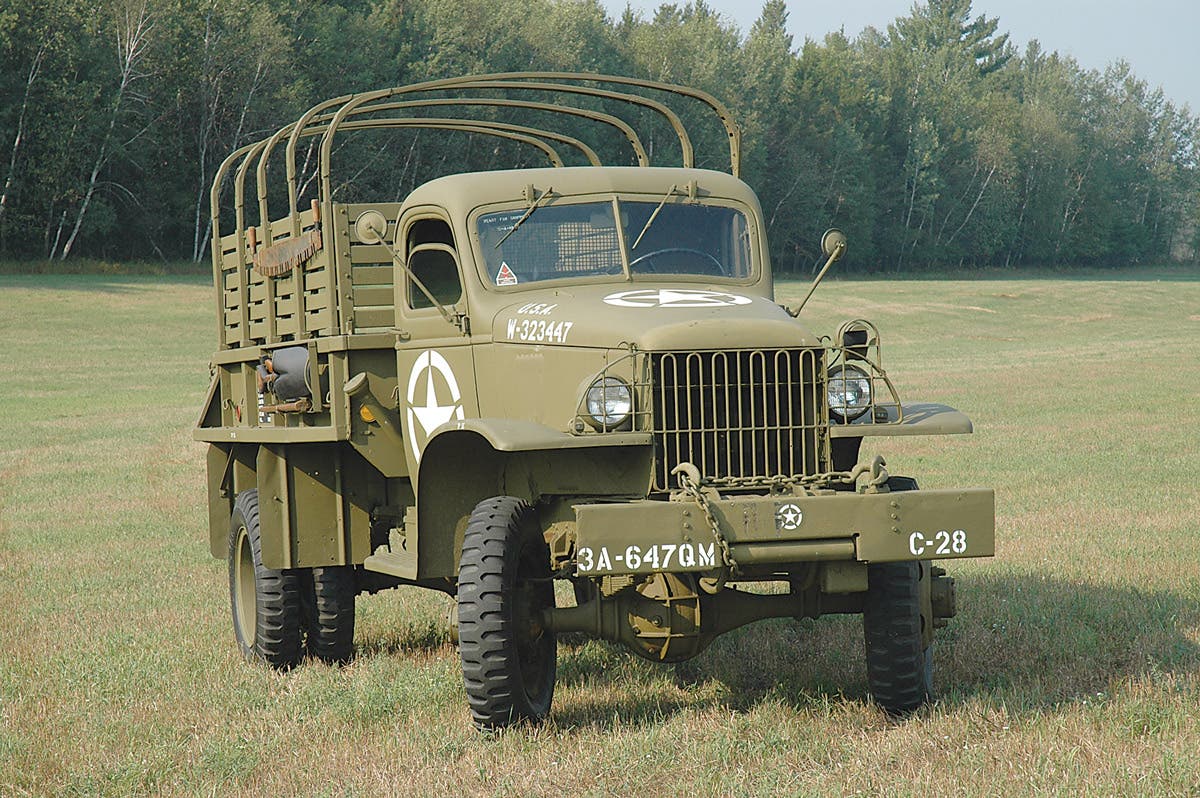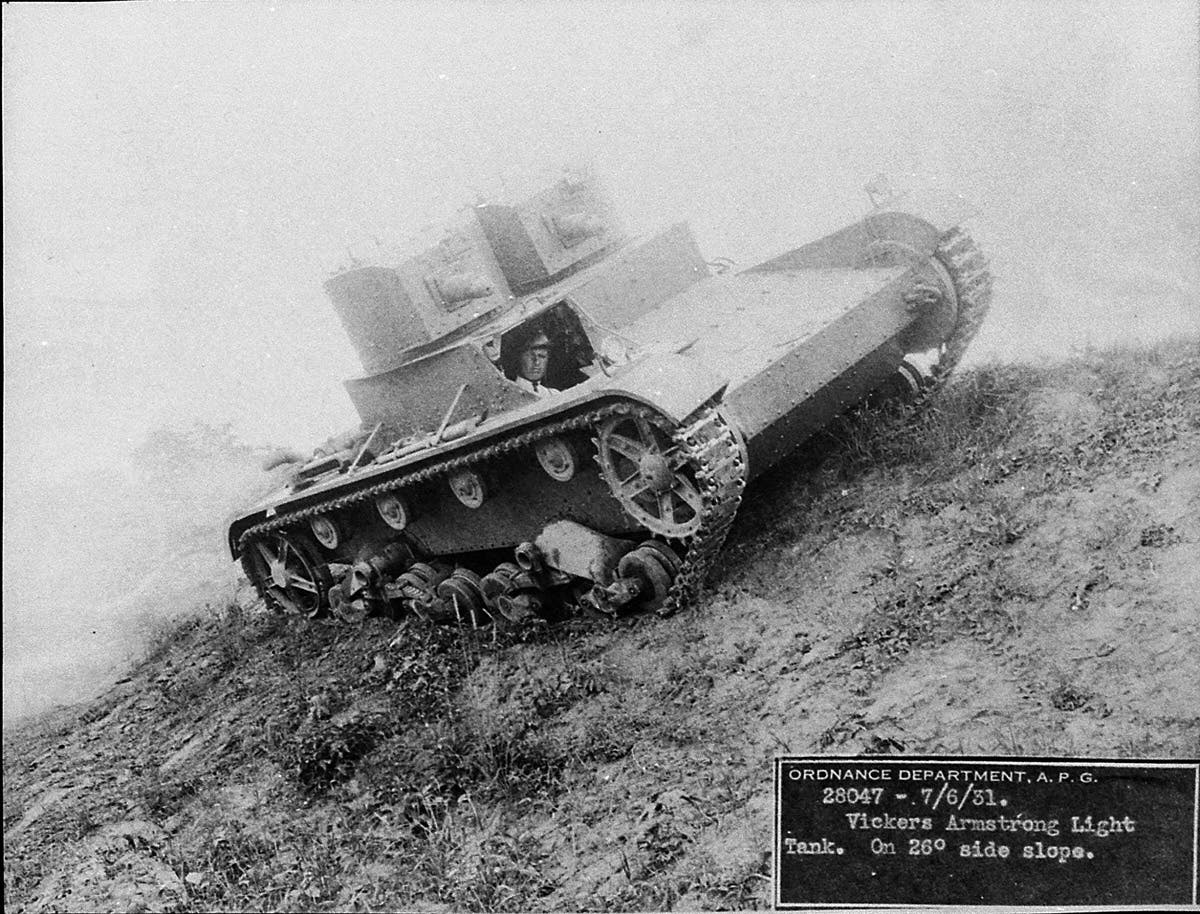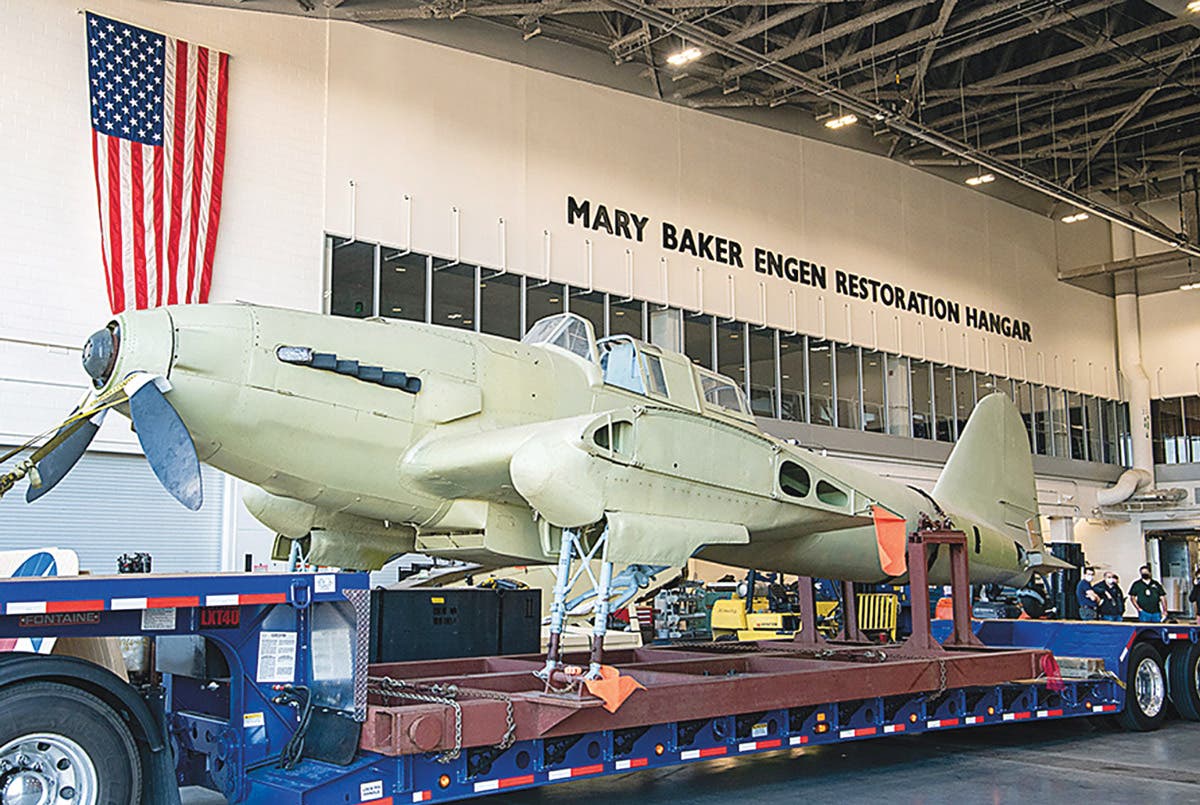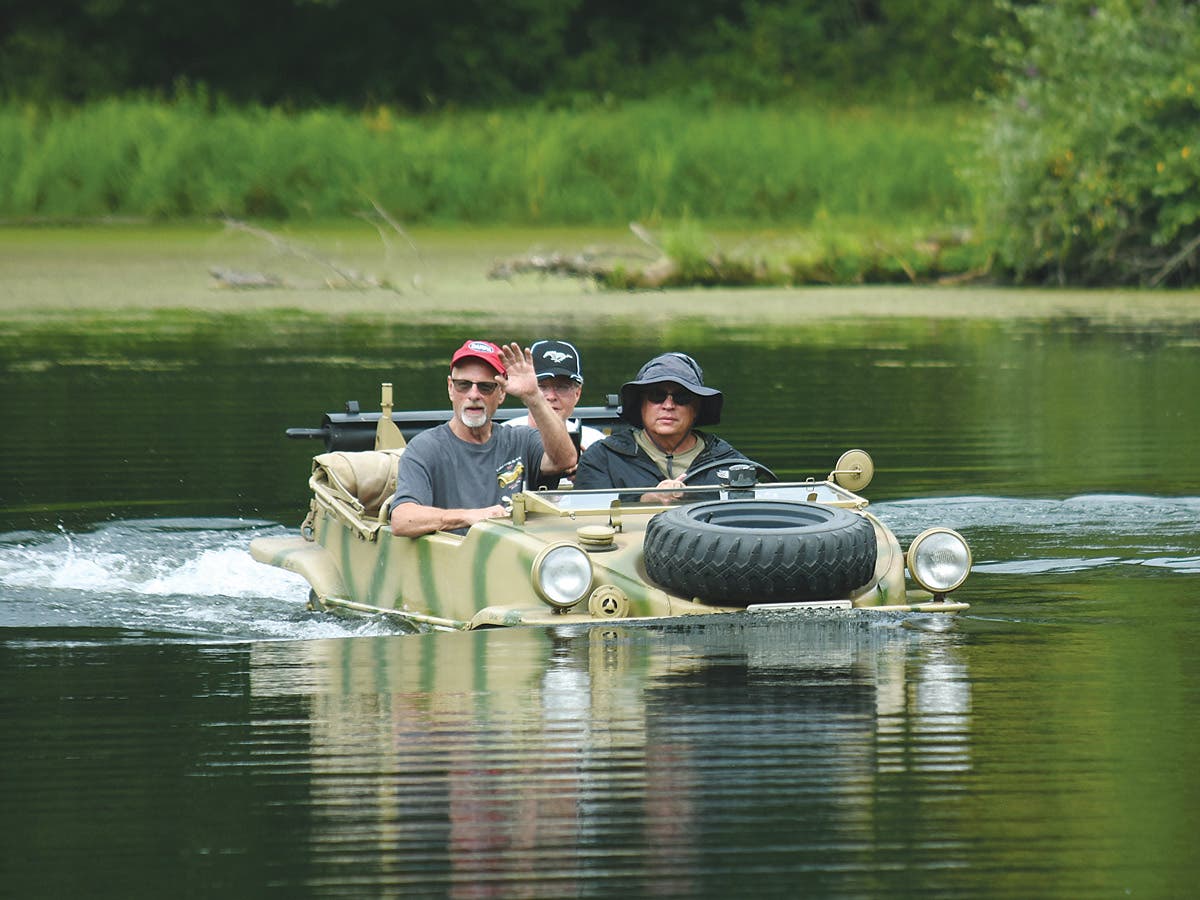A British Ford: WOA2 Heavy Utility Car
by John Norris The Ford Motor Company expanded its interests into the British market in 1909 and over the next few years, established a number of manufacturing plants. The company…
by John Norris
The Ford Motor Company expanded its interests into the British market in 1909 and over the next few years, established a number of manufacturing plants. The company had been exporting cars to Britain since 1903 when it built the first assembly plant in Trafford Park in Manchester in 1911. By 1914, when the First World War broke out, the new plant was building cars at the rate of 21 vehicles an hour. In 1918, Ford opened the plant at Dagenham in Essex and the company’s future in Britain was affirmed.
Throughout the inter-war period and the Great Depression, the company continued to produce vehicles. Output increased due to the improved manufacturang methods.
Ford factories in Britain went on to play a vital role in the country’s war effort. Between 1939 and 1945, the Dagenham plant built 360,000 vehicles. A new factory at Trafford Park produced 34,000 Rolls-Royce Merlin engines that powered aircraft such as Spitfires, Hurricanes, Lancaster bombers, Mosquitoes and the P-51B/C versions of the USAAF Mustang.
During the retreat from Dunkirk in May and June 1940, the British army abandoned about 75,000 vehicles of all types and sizes, including many trucks and liaison vehicles. The British Army had nothing in reserve. The lost vehicles would have to be replaced with great urgency.
The British Army requisitioned civilian vehicles to help make up the deficiency, a fact which General (later Field Marshal) Montgomery mentions in his memoirs. The move was not perfect, but it was the best plan at the time.
Ford’s assembly line process put it in a position to help replace the lost vehicles. At the time, the British Ford Motor Company’s wartime production of passenger cars was based on the militarized version of the Model 62 chassis powered by the 30HP V-8 engine. This was built in two body styles: A soft top saloon and an all-steel hard top heavy utility vehicle. Between 1941 and 1945 Ford produced 11,754 “Utility” vehicles that included the WOA2A type.
The WOA2 was introduced into service in May 1941. Production stopped in July 1944. A post-war document prepared in 1950 by HMSO entitled, “Report on the Motor Industry,” states Ford built 9,059 of these vehicles alone. Some sources claim that the production of the WOA2 between May 1941 and July 1944 was as low as 5,000 vehicles. These vehicles were never armed and carried no weapons apart from passengers’ personal firearms.
The WOA 2 was an acronym and apparently stood for: W=War Office; O=1940; A=Passenger vehicle and 2 identified the period of the Second World War. The WOA2 had a 4x2 drive. The British Army, the Royal Air Force and Royal Navy used the vehicle as a staff car and command car. A variant known as the WOA2/A used 6.50-16 tires on standard road wheels. Production of this version started in December 1945 and continued until 1947.
Weighing 3,555 pounds the vehicle fell into the category of “Heavy Utility” and was produced in an all-steel version with a hard top. A roof rack could be fitted to allow additional cargo to be carried such as tents when on campaign.
A second version with a canvas soft-top was also produced and this was known as a “Tourer.” This version was used during the North African campaign, and Commonwealth troops, such as the Australians, also had this version available to them.
The vehicle had a long bonnet (hood) taht gave access to the engine for relatively easy maintenance and servicing in the field. Headlights were fitted and during the war these were masked with covers for the ‘black-out’ conditions. Suspension was transversal semi-eliptical leaf-spring type, the brakes were mechanical and the electrical system was six-volt supply.
The WOA2 was fitted with a Ford V8, water-cooled petrol (gasoline) engine which developed 85 HP at 3600RPM to give a top speed of 56 mph on roads. A three-speed gear box was fitted which also provided reversing gear. The fuel tank had a capacity of 12.5 gallons with the filling point located on the left hand side of the vehicle at the rear. Fuel consumption depended on road speed and conditions but an average figure of 3.7 gallons per 62 miles would give a maximum operational range of around 208 miles on one full tank.
The WOA2 measured 14 feet and five inches in length, six feet and three inches in width and five feet and ten inches in height. The actual wheelbase was 108.25 inches (9 feet and a quarter inch) and ground clearance was 8.5 inches. It was fitted with a large one-piece windscreen which provided good visibility. It was a right hand drive and two doors fitted either side and the interior was quite spacious. Behind the front seats were folding tables which could be used for writing and the rear seats could be folded down to provide extra storage space. These features were in common with other similar Heavy Utility vehicles such as the Humber.
The spare tire was carried fitted to the rear access hatch which was split to allow the portions to be folded up and down. It would appear from wartime photographs that some WOA2s had roofs which could be opened.
Besides the driver, the vehicle could carry up to five passengers and used for liaison duties and as command vehicles. Some vehicles were equipped with radio sets and used as communications vehicles seeing service in Europe after D-Day in June 1944 and accompanying units as they advanced into Germany in March 1944.
In post-war years, the WOA2 remained in service for some time and examples even made appearances in several war films. For example one vehicle makes a brief on-screen appearance and is seen being driven during the pre-flight sequence in the 1955 film, “The Dam Busters.” Another film to feature the vehicle is the 1961 epic. “The Guns of Navarone.” Some vehicle owners have disputed the identification of this vehicle, however, and claim that it may be either a Dodge or a Volvo with a Ford radiator grille attached to the front. This is an on-going debate on some Website forums.
After the war, some of those surviving examples of the WOA2 were transferred to civilian use such as hospital services. Today, examples of the WOA2 are offered for sale and some are still in private ownership and displayed at events. One civilian organization operating a small fleet of the WOA2/A version was the British Post Office which used them as maintenance vehicles for the telephone service.








